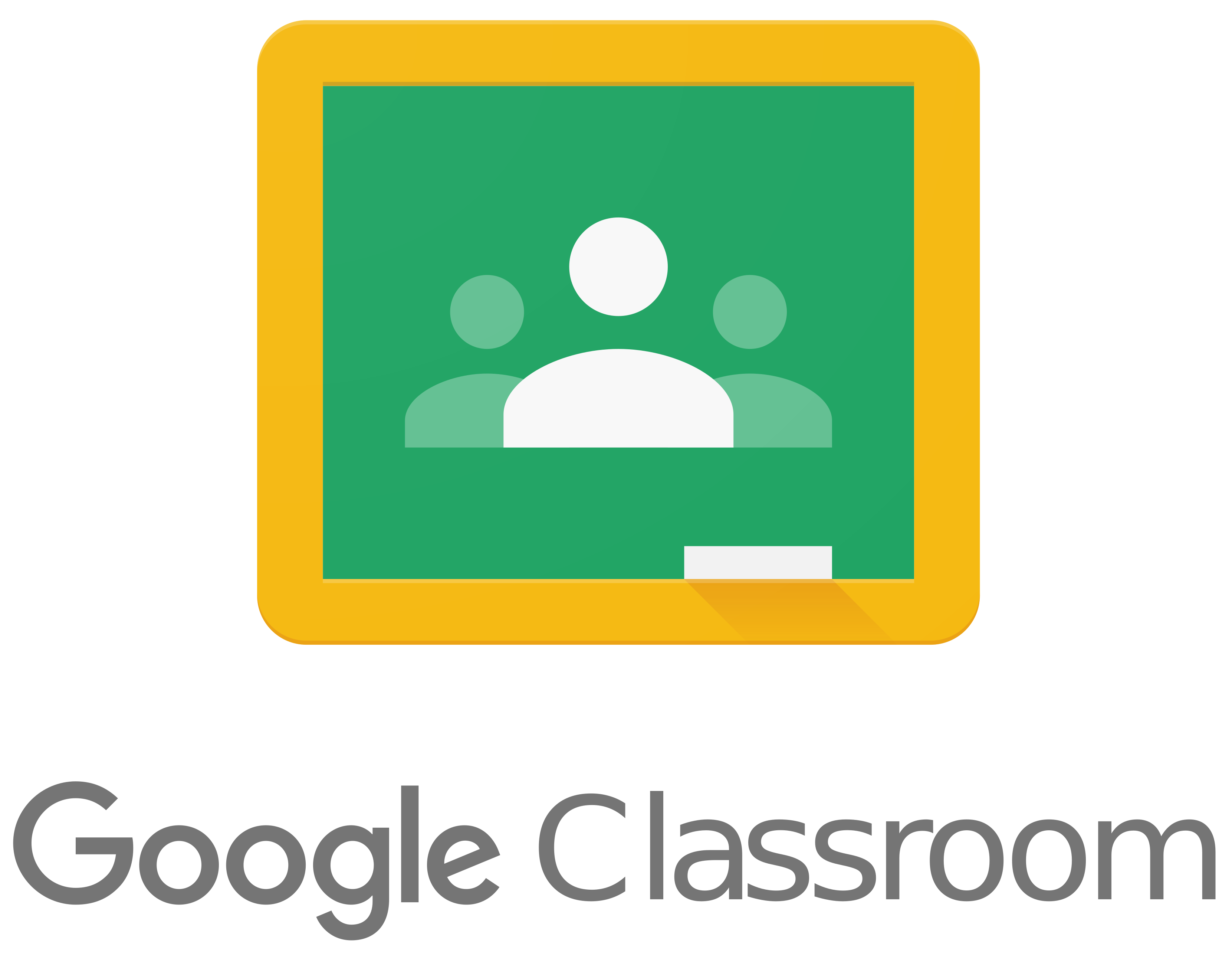
While Google Classroom is a widely used and highly regarded platform for online education, it is not without its disadvantages.
Here are some common drawbacks and limitations associated with Google Classroom:
Internet Dependency: Google Classroom relies on internet connectivity. Both students and teachers need consistent access to the internet for assignments, discussions, and access to course materials. This can be a significant limitation in areas with unreliable or limited internet access.
Limited Offline Access: While Google Classroom does offer some offline functionality, it is not as robust as traditional classroom materials. Students may face challenges if they need to access course materials or complete assignments offline.
Learning Curve: Some users, especially those who are not familiar with Google's ecosystem, may find it challenging to navigate and use Google Classroom effectively. Teachers and students may need time to learn the platform's features.
Privacy Concerns: Google Classroom involves data collection, and some users may have concerns about the privacy of student information and data security. Schools and teachers should take steps to ensure compliance with privacy regulations and protect students' data.
Limited Features: While Google Classroom is a versatile tool, it may not have all the features or customization options that some educators and institutions desire. This can be a limitation for more complex educational needs.
Integration with Other Tools: While Google Classroom integrates well with other Google Apps and services, it may not seamlessly integrate with non-Google tools or services, which can be a drawback for institutions that use a diverse set of educational software.
File Size Limits: There are file size limitations when uploading assignments and materials. This can be a problem when dealing with large multimedia files.
Dependence on Google Accounts: Google Classroom typically requires users to have Google accounts. If students and teachers are not already using Google services, they may need to create Google accounts to access the platform.
Limited Customization: Some users may find that Google Classroom lacks the level of customization they desire for their virtual classrooms. This can be a limitation for educators with specific preferences or needs.
Lack of Advanced Assessment Tools: While Google Classroom offers basic grading and assessment tools, it may not have the advanced features that some educators require for complex assessments and evaluations.
No Real-time Collaboration: Google Classroom is not designed for real-time collaboration. It is more of a platform for asynchronous learning, which may not suit all educational scenarios.
Inconsistent Mobile Experience: The mobile app version of Google Classroom may not offer the same functionality and experience as the desktop version, which can be a limitation for users who rely on mobile devices.
Despite these disadvantages, many educators and institutions find Google Classroom to be a valuable and user-friendly tool for online education. The choice of an online learning platform depends on the specific needs and preferences of teachers, students, and institutions.
Thank you.